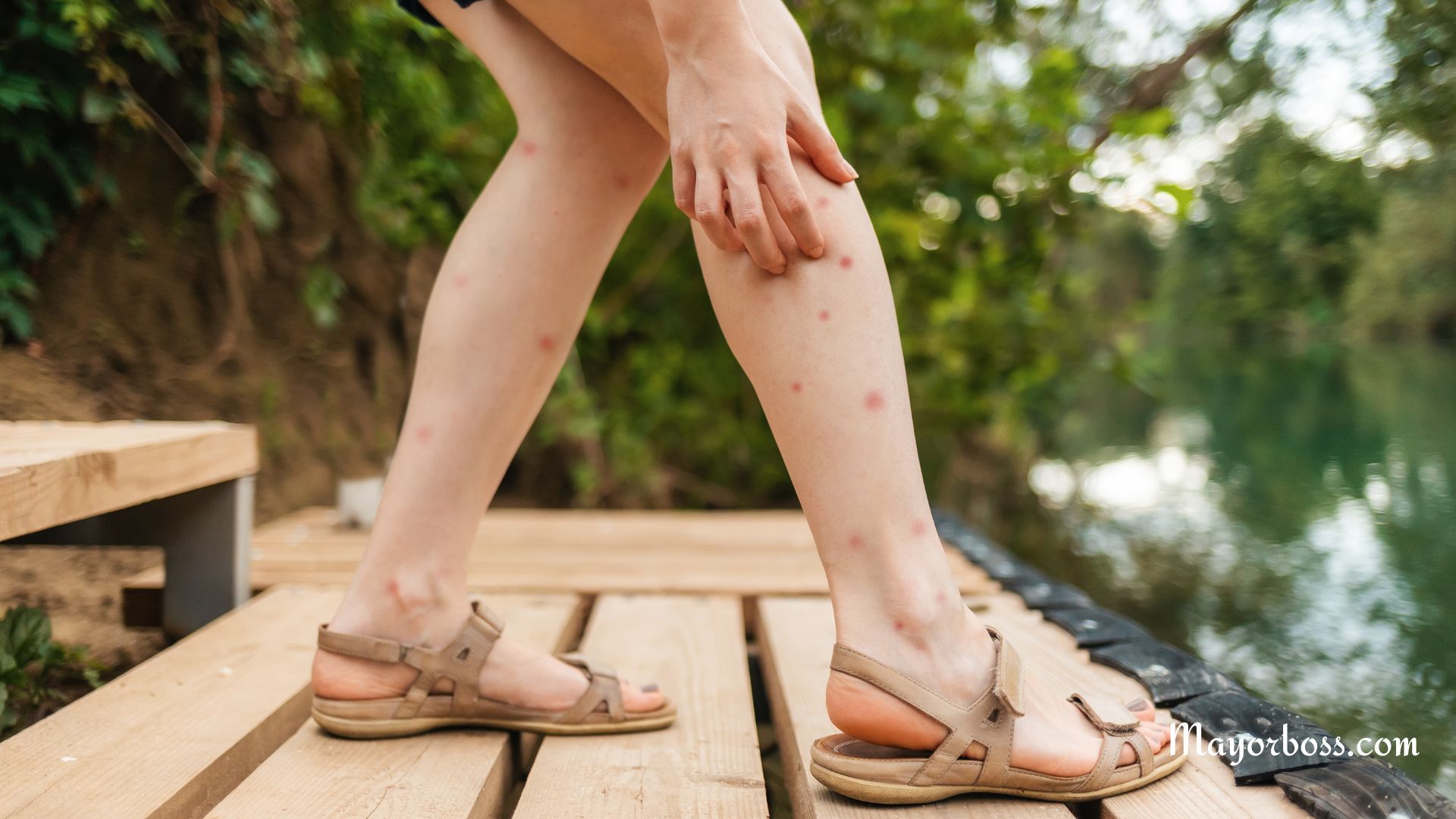Sand Flea Bites: What You Need to Know
Sand flea bites can be more than just annoying. They’re often itchy and can even lead to skin infections if not properly cared for. These bites usually occur when you’re enjoying time at the beach, and they come from tiny creatures that live in sandy areas. The good news is that you can treat and prevent these bites with some simple steps.

What Are Sand Fleas?
Sand fleas, also called Tunga penetrans, chigoe fleas, or jigger fleas, are tiny crustaceans that live in sandy or muddy areas near water. Unlike regular fleas that feed on blood, sand fleas usually eat organic matter. However, they can bite humans and animals, too. These bites can be intensely itchy and uncomfortable.
How Do You Know You’ve Been Bitten?
So, you’ve just come home from the beach, and you notice these tiny, red bumps on your skin. How can you be sure it’s a sand flea bite and not something else? Well, these bites are usually concentrated on the feet, ankles, and legs since these are the areas closest to the sand. The bites may turn red and swell up, and they can become extremely itchy. Moreover, you might see a small black dot at the center of the bite, which is a tell-tale sign.
Why Do Sand Fleas Bite?
Sand fleas are drawn to warm, moist areas on your body. Therefore, places like your feet, ankles, and behind your knees are often prime targets. The females are usually the ones that bite because they need blood to reproduce. So, when you’re at the beach, you’re essentially in their territory.
In people with an allergic reaction to the bites, the symptoms can be more severe, such as intense itching and swelling.
What Are the Risks?
While most sand flea bites are harmless, some can cause complications. Examples of these include:
- Skin Infections: If you scratch the bites excessively, you could introduce bacteria into the wound, leading to an infection.
- Allergic Reactions: In rare cases, people may have an allergic reaction that requires medical attention.
- Disease Transmission: In tropical regions, sand fleas might carry diseases such as leishmaniasis or Tungiasis. If you’re traveling to these areas, take extra precautions to avoid bites.
How to Treat Sand Flea Bites
If you’ve been bitten, there are several steps you can take to alleviate the discomfort:
Clean the Area
Start by cleaning the affected area with soap and water. This can help minimize the risk of infection.
Apply Anti-Itch Cream
An over-the-counter anti-itch cream can be your best friend. Apply it to the bite area to relieve itching and inflammation.
Use Cold Compresses
A cold compress can also help reduce swelling and numb the area, giving you some relief.
When to See a Doctor?
Most sand flea bites heal on their own. However, if you notice signs of an infection, such as pus or increased redness, it’s best to consult a healthcare provider. Additionally, if the itching doesn’t subside or worsens despite treatment, professional medical advice is needed.
How to Prevent Future Bites
Prevention is better than cure, right? Here are some ways to avoid getting bitten in the first place:
Use Insect Repellent
Before you hit the beach, spray an insect repellent containing DEET or Picaridin on your legs, feet, and ankles.
Cover Up
Wear long pants and socks if you plan to walk in sandy areas where sand fleas are known to be present.
Stay Off the Sand at Peak Times
Sand fleas are most active during early morning and late afternoon. Try to avoid sitting or lying directly on the sand during these times.
Frequently Asked Questions
What Do Sand Flea Bites Look Like?
If you’re curious about how to identify a sand flea bite, look for small, red, itchy bumps on the skin. These are most likely to appear on your feet, ankles, and lower legs. You might also notice a small black dot at the center of each bump, which is a classic sign of a sand flea bite.
Can Sand Flea Bites Cause Allergic Reactions?
Yes, although it’s relatively rare, some people might experience allergic reactions to sand flea bites. Symptoms could include extreme itching, swelling, and, in more severe cases, hives or difficulty breathing. If you experience these symptoms, seek medical attention immediately.
Are Sand Fleas Only Found at Beaches?
While sand fleas are commonly associated with beaches, you can also encounter them in other sandy environments. They can inhabit deserts, marshes, and even some wooded areas. So, it’s not just beachgoers who should be on the lookout for these pesky critters.
How Long Do Sand Flea Bites Take to Heal?
Generally speaking, sand flea bites take about one to two weeks to heal fully. However, this can vary depending on your skin type and how well you take care of the bites. Cleaning the area and applying anti-itch creams can help speed up the healing process.
What’s the Best Way to Treat Sand Flea Bites on Children?
If a child has been bitten, the treatment steps are pretty much the same as for adults. You should clean the area with soap and water and apply an over-the-counter anti-itch cream designed for children. A cold compress may also help relieve itching and swelling. If symptoms persist or worsen, consult a healthcare provider for further guidance.
Further Reading: What Insects Are Biting You As You Sleep?






